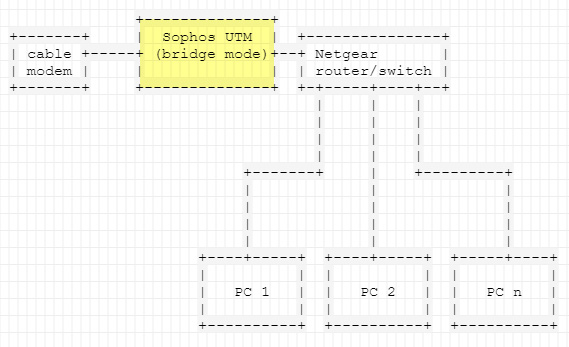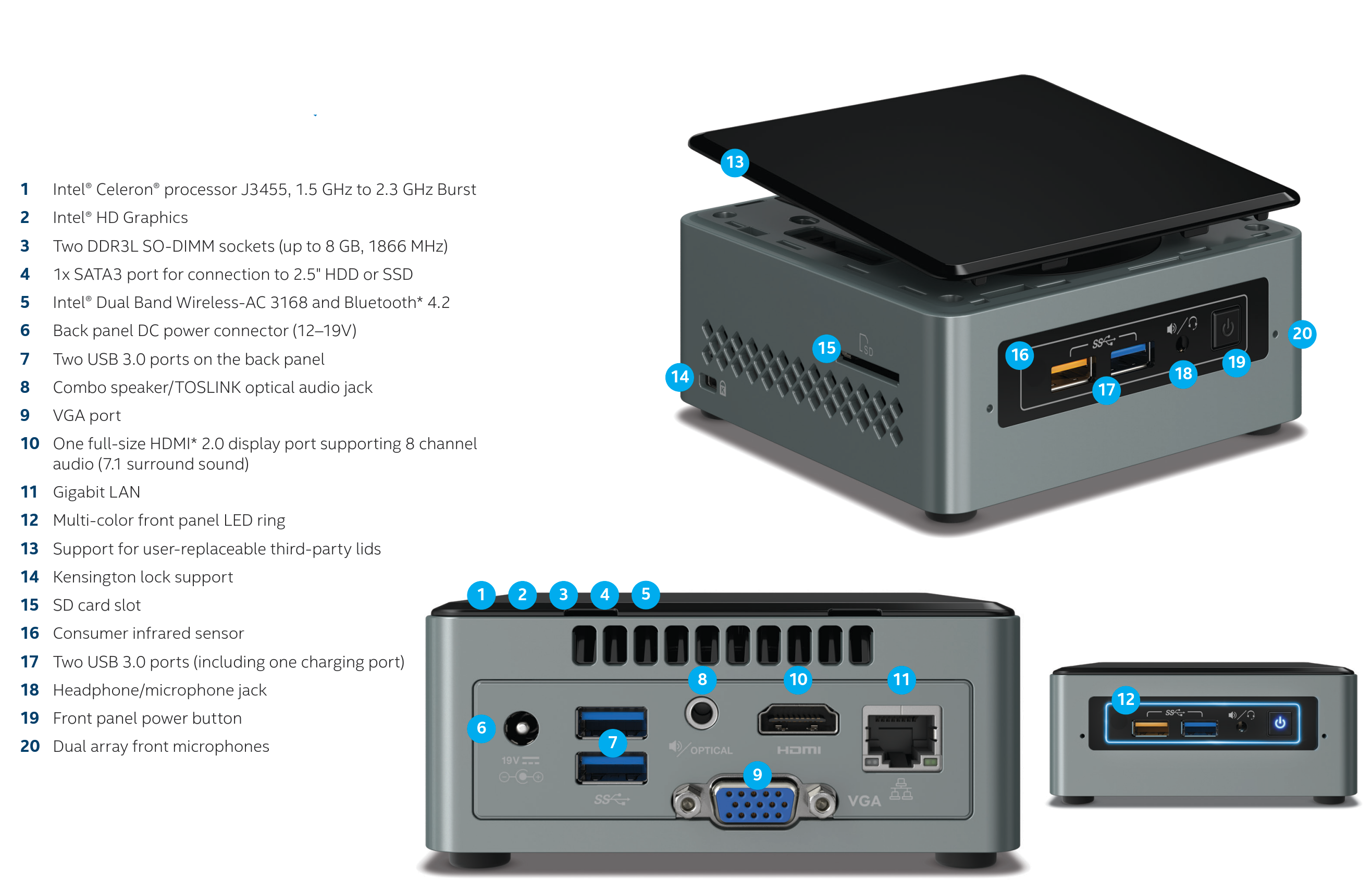

- #Sophos utm home raspberry pi install
- #Sophos utm home raspberry pi password
- #Sophos utm home raspberry pi plus
This included a reboot.Īt this point, I connected the on-board network adapter to my internal network so I could install more software and test the network functionality. I changed the hostname in /etc/hostname and followed the instructions in /root/README to expand the root partition to fill all the available space on the microSD card.
#Sophos utm home raspberry pi password
I logged in as root using the default password of "centos" (without the quotes) and immediately changed the root password. I then plugged the micro-USB connector from the power supply into the power connector on the Pi to boot up to a command line interface login prompt.

I inserted the card into the microSD card slot on the Pi board. No additional steps are required to make the microSD card bootable. dd if=CentOS-Userland-7-armv7hl-Minimal-1511-RaspberryPi2.img of=/dev/sdxīe sure to specify the correct location of your microSD drive on your machine. I uncompressed the downloaded xz image file (using unxz), and then used the dd command to install the image onto an 8GB microSD card. You should always use the most recent image. Note that the image name may change as newer images are made available. If you are using the Raspberry Pi 3, you should use that image instead. Using my main Linux workstation, I downloaded CentOS Userland 7 32-bit ARM distribution for the Pi 2 from the CentOS wiki site, which contains images for other small board computers as well. I use CentOS on my other infrastructure servers, so I wanted to use it on the Pi too.
#Sophos utm home raspberry pi plus
I later substituted the single unit for an adapter that has a short length of cable between the HDMI connector and the VGA converter, plus a connector unit that produces and transmits significantly less heat. This device produced a lot of heat, much of which was transmitted into the Pi through the HDMI connector.

I have found in the past that some brands of the USB to PS/2 adapter don't work well.įor the video connection I initially used an HDMI to VGA adapter that is a single, solid unit. The USB end plugs into the Pi and the connectors from the KVM switch cable plug into the PS/2 connectors on the adapter. I connected the keyboard and mouse input of the KVM to the Pi with a USB to PS/2 adapter cable. I wanted to use the KVM for the Pi as well. I have several of my infrastructure hosts connected to a 16-port KVM switch with VGA and PS/2 inputs. I used a very short USB to micro-USB cable from the power block to the power connector on the Pi. I powered the Pi from a spare Kindle 5V 1.8A USB power block on a standard household extension cord that I plugged into a UPS to provide consistent power. I used Raspberry Pi 2 Model B, but a Raspberry Pi 3 should also work. Because this computer provides non-critical access to my network, I decided to replace it with a Raspberry Pi 2 Model B as a test. This computer is extreme overkill for that task, and I can definitely use it in a more appropriate role. I also have a dual-core Intel tower that I use as a firewall and side door to my network.


 0 kommentar(er)
0 kommentar(er)
